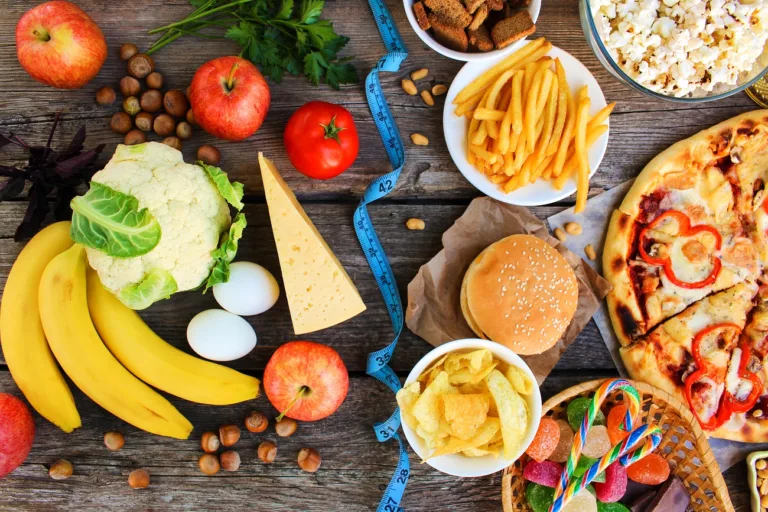I have another little piece of bonus content for you. A little something extra between our regular episodes of the Nutrition Diva podcast. I really wanted to share a response to a study that has been getting a lot of publicity. And this was another study that was linking the consumption of ultra processed foods or UPFs to all kinds of chronic diseases.
You probably saw it in the headlines. And this is just the latest in a very long string of similar studies showing this connection between the consumption of ultra processed foods and various. Health conditions and disease risks and the headline from this was the fact that this has become a highly consistent finding and that’s important because all of this research is correlational, right?
They’re just showing associations and we know that. Correlation doesn’t prove causation, but when you see the same correlations over and over and over again, then it adds more confidence. So they’re really emphasizing the fact that there’s extreme consistency in this finding. And this in turn is putting more and more weight behind a push to incorporate new guidance focused specifically on the consumption of processed foods into our national dietary guidelines, which then inform all kinds of other food policies.
Here’s my problem with this. There are some fundamental flaws in the NOVA classification system that underlies. All of this research. So every single paper that has being published and promoted with this finding has the same flaw at its core, this Nova system, the point of it is to categorize foods based on their processing levels, which then allows us to see if there are links between the consumption of those foods and various diseases, the problem is that it often places perfectly wholesome, nutritious foods into the same category as.
You might also like my take on how to lose weight without dieting here.
Foods that we could all agree are junk food. And this is more than just a classification error. We really risk embedding a very privileged perspective on nutrition into our food policy. And that would be hard to roll back. So I want you to imagine for a moment a busy working parent who puts out a box of ready to eat cereal for their kids.
That’s a choice that is labeled as ultra processed by Novostat standards. That would be in that category connected to an increased risk of chronic disease, but it really doesn’t belong in that category. That cereal is actually likely to contain more iron, more fiber, more folate, all kinds of other nutrients than a quote unquote, whole food option like steel cut oats.
Which, by the way, takes at least 45 minutes to prepare. The suggestion that time consuming cooking from scratch is the only route to healthy eating totally disregards and disrespects the reality of those who may need to balance work and child care, or elder care, or limited resources. You know, if the NOVA classification system were a medical diagnostic test, we would reject it because it produces far too many false positives.
And yet, with every ballyhoo’ed new analysis, the likelihood that this particular bias and error is going to end up enshrined into our national food policy grows larger. Instead of vilifying all processed foods, We really need to take a more nuanced approach here, one that recognizes the nutritional value that certain processed foods offer and also acknowledges the very diverse factors that influence our dietary choices.
Let’s distinguish between food processing that’s actually serving to make foods safer, or more nutritious, or more accessible, and the kind of food processing that simply serves to make cheap, nutrient poor ingredients more palatable. Good nutrition really needs to be accessible to everyone, and not just those I don’t doubt that there is a relationship between highly processed junk foods and an increased risk of chronic conditions.
All I’m saying here is that the NOVA classification system is not sufficiently specific to determine whether or not a food should be included or can be included in a healthy eating pattern. And if advice to avoid these NOVA category foods gets incorporated into our dietary guidelines, we risk alienating and even shaming those who are perhaps unable to adhere to this idealized, but often impractical dietary standard.
Good nutrition is not a binary condition. We really need to balance health, accessibility, affordability, and convenience.
So this is my plea that instead of baking bias into our food policy, let’s empower people to make more informed decisions within the options that are available to them without guilt or judgment. You might also be interested in taking another listen to my interview with USDA researcher, Julie Hess. We were discussing her very provocative study on ultra processed foods that I think sheds a lot of additional light on this dilemma.




